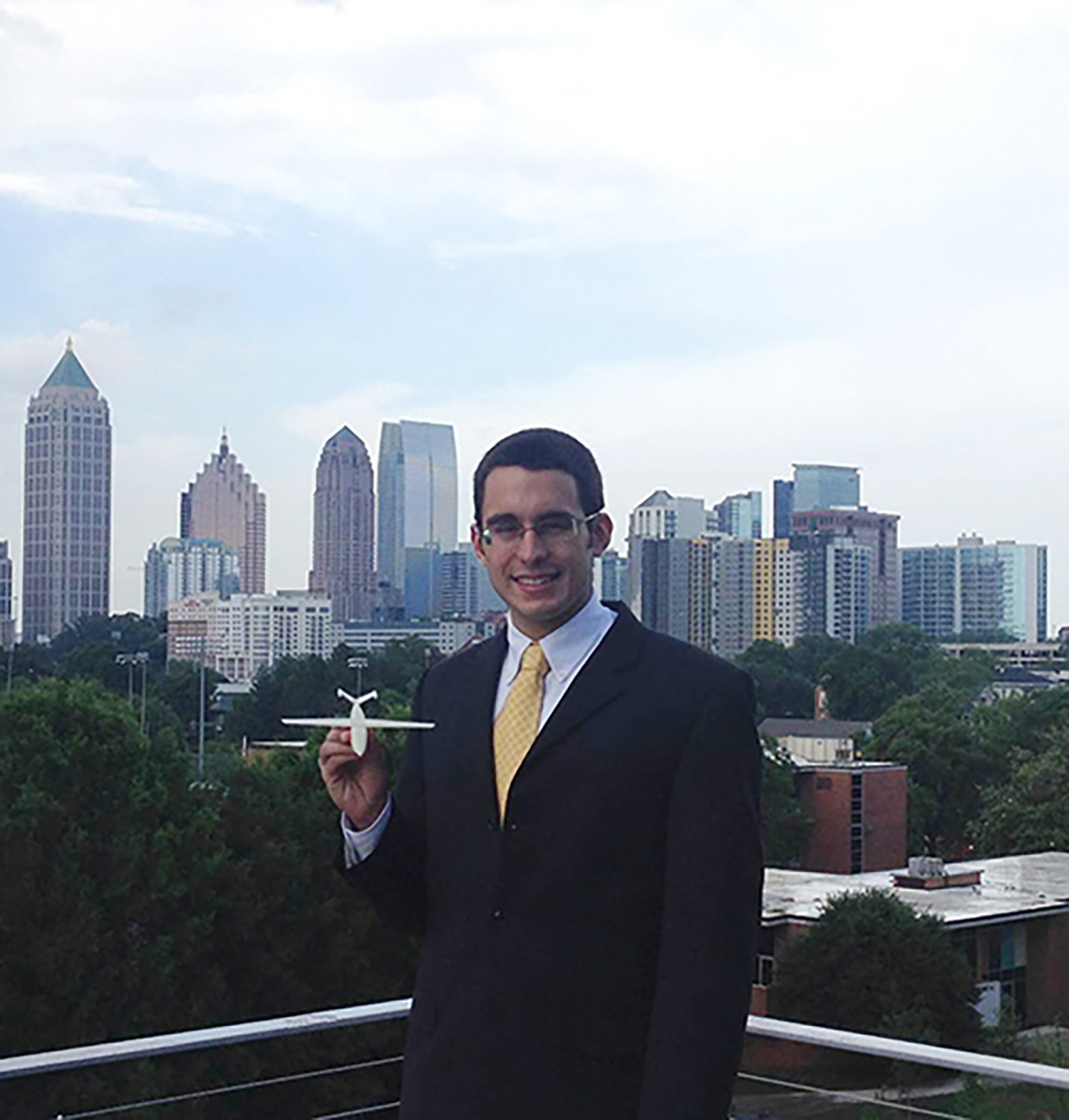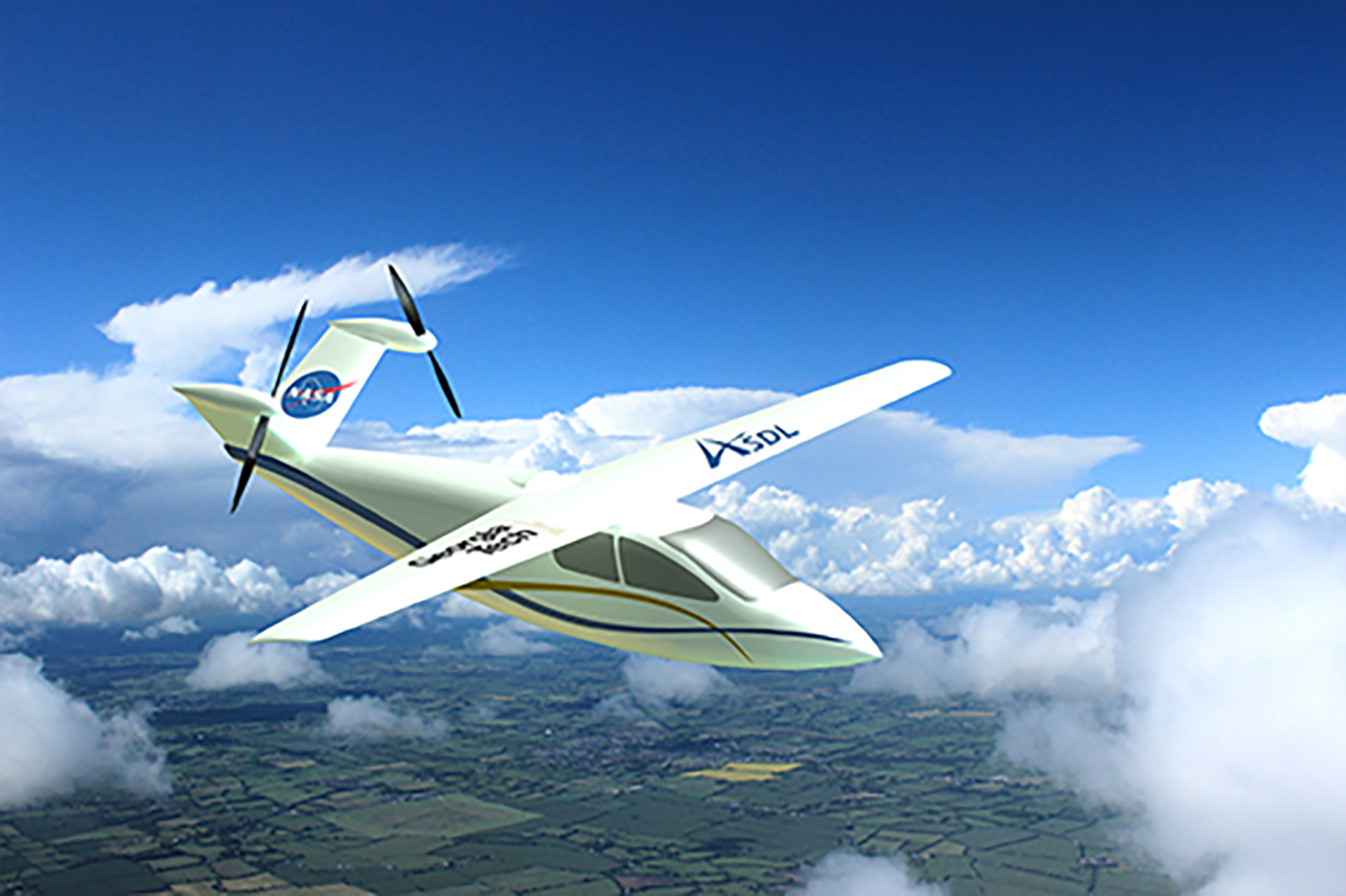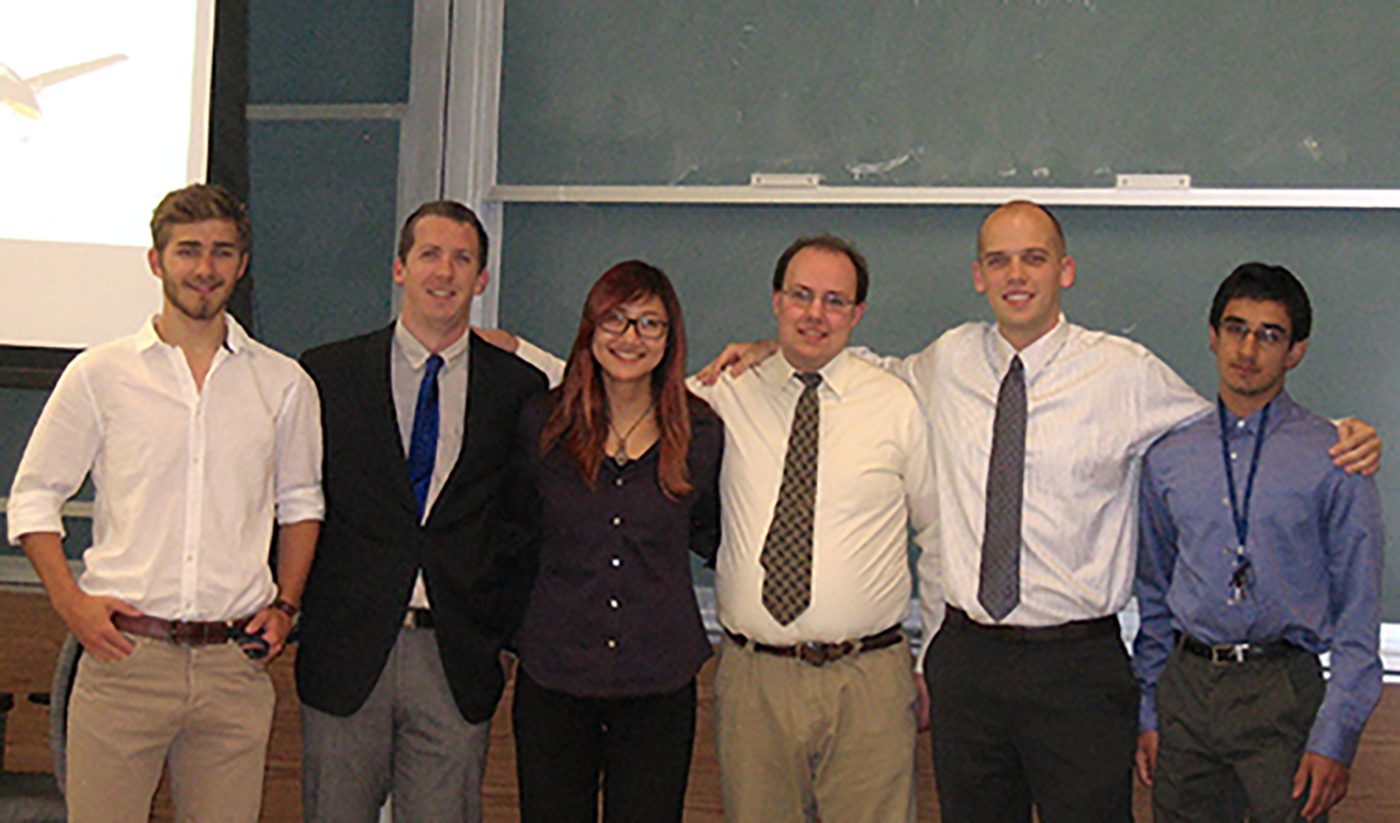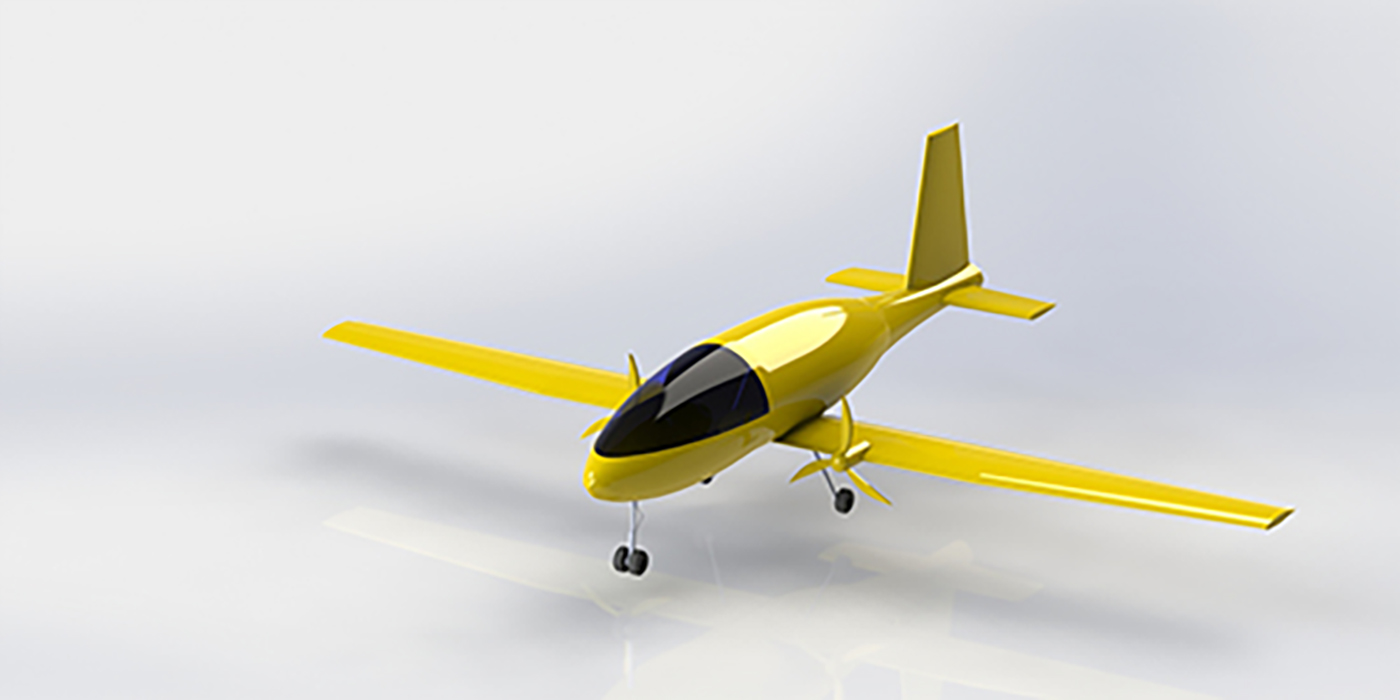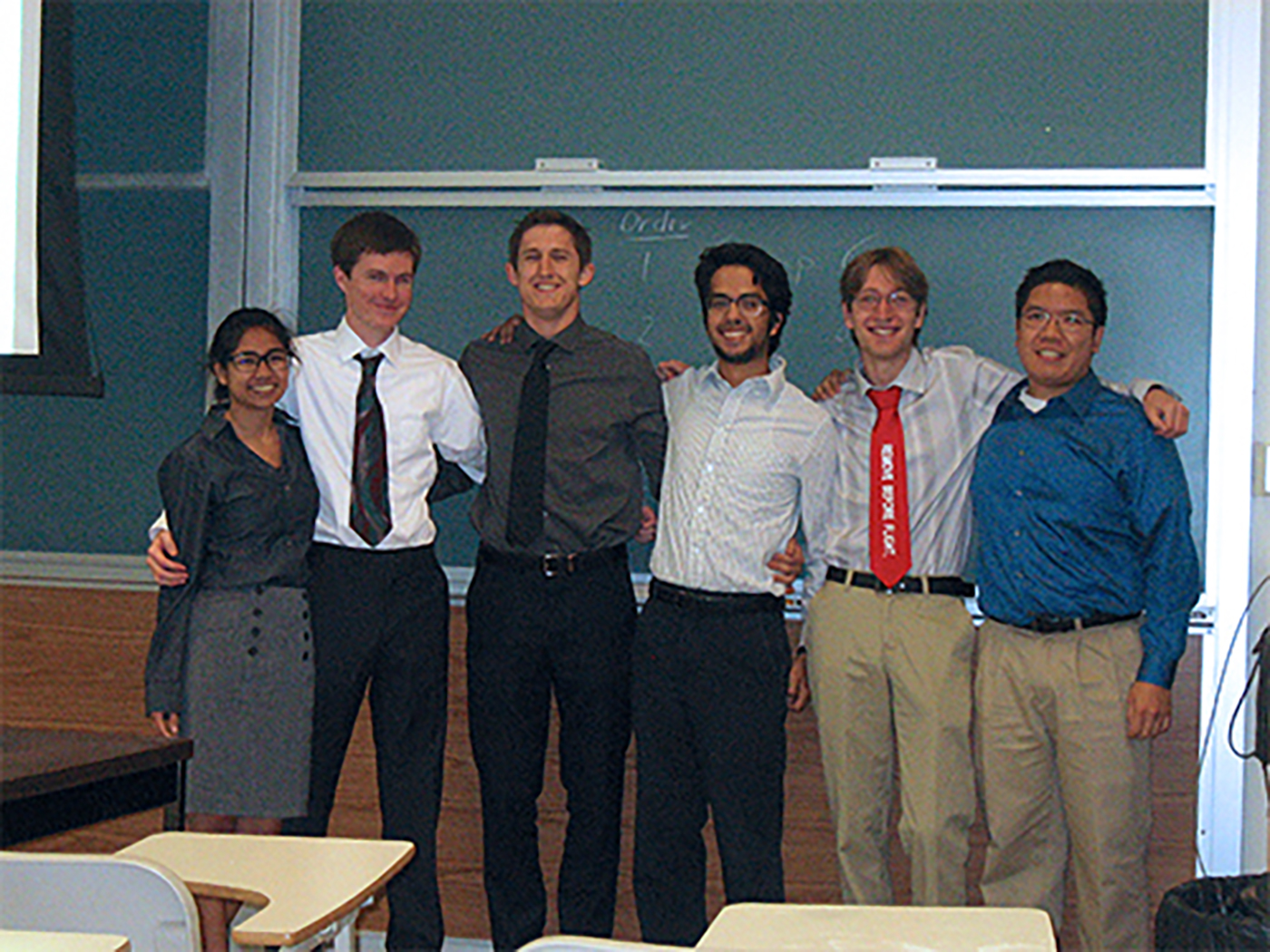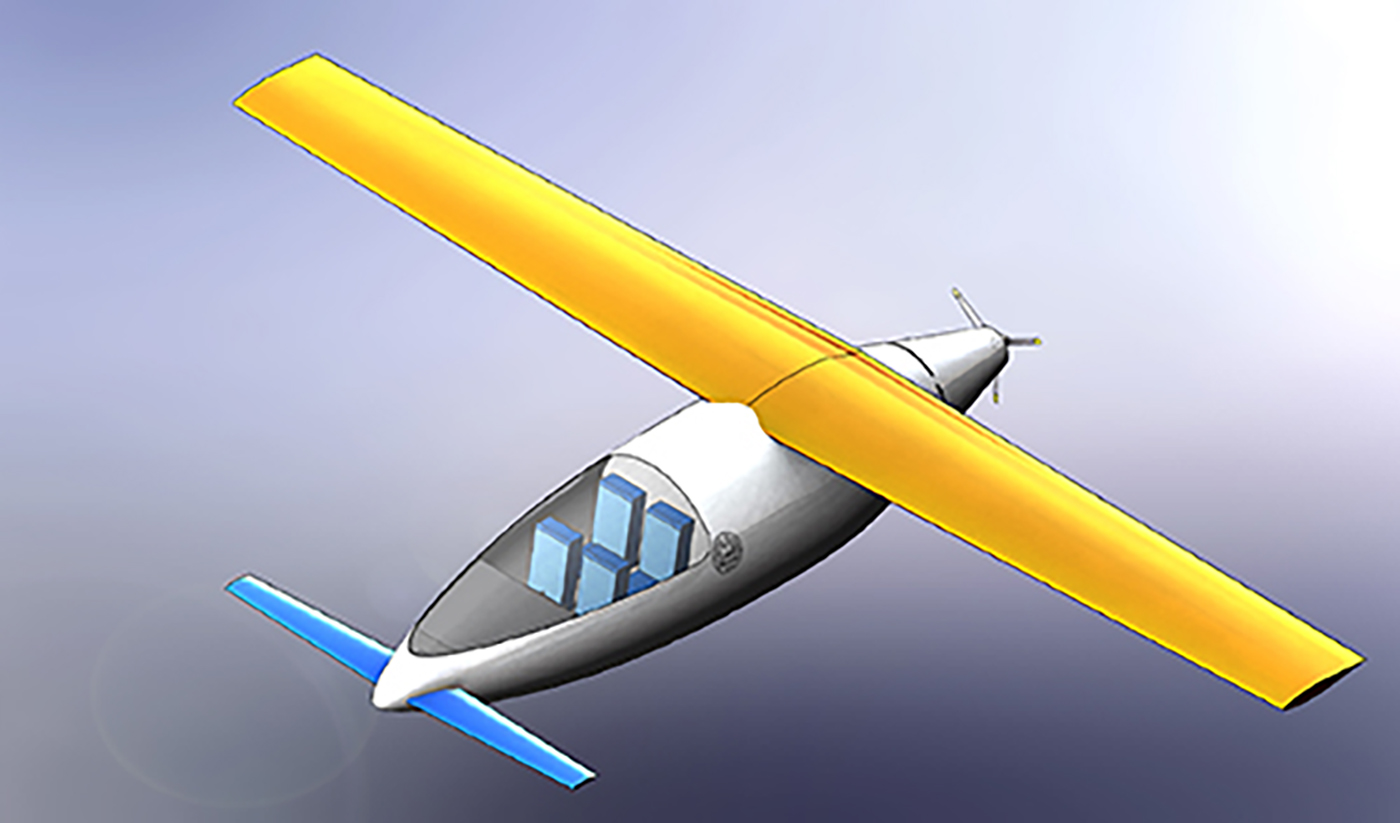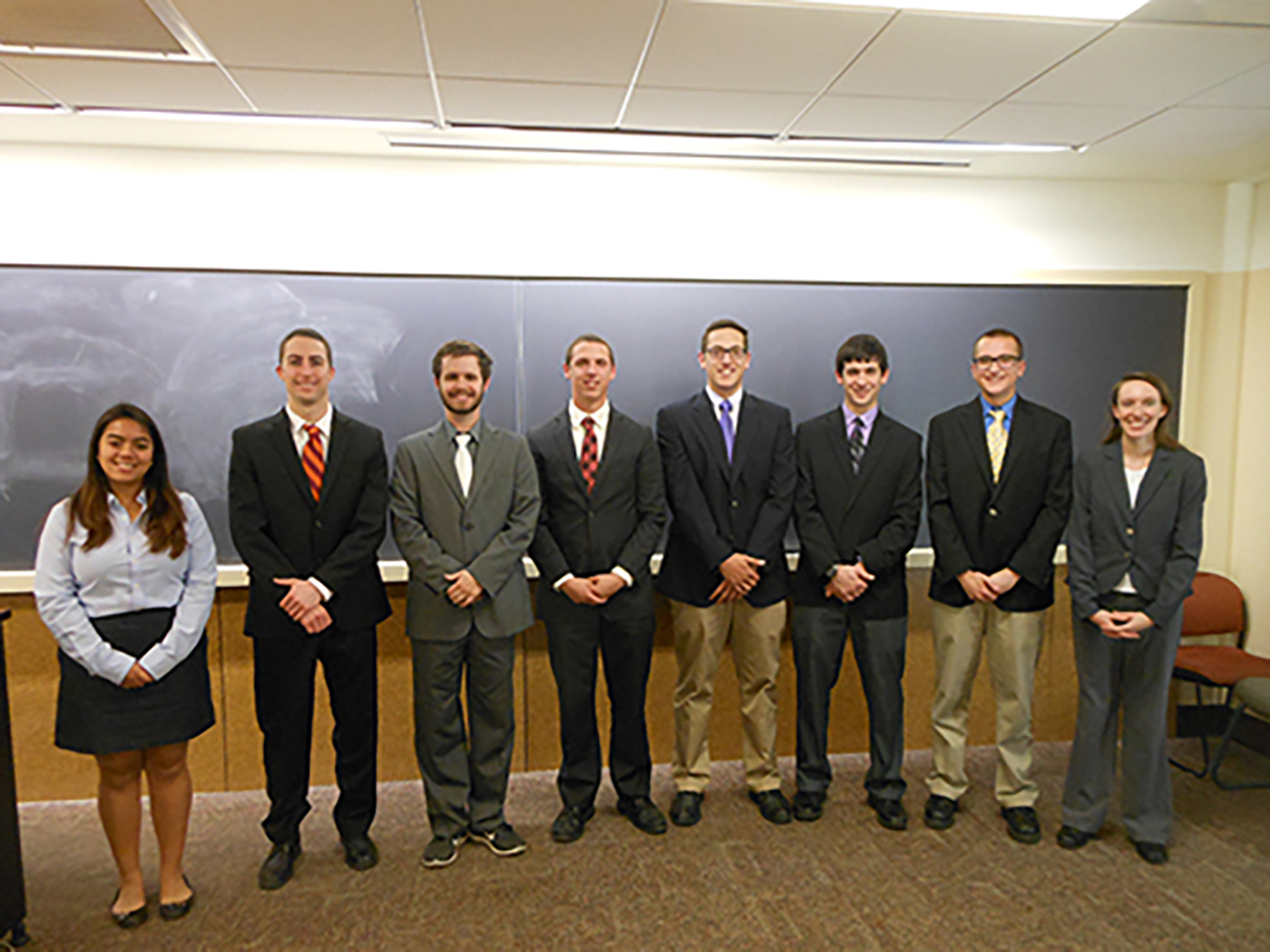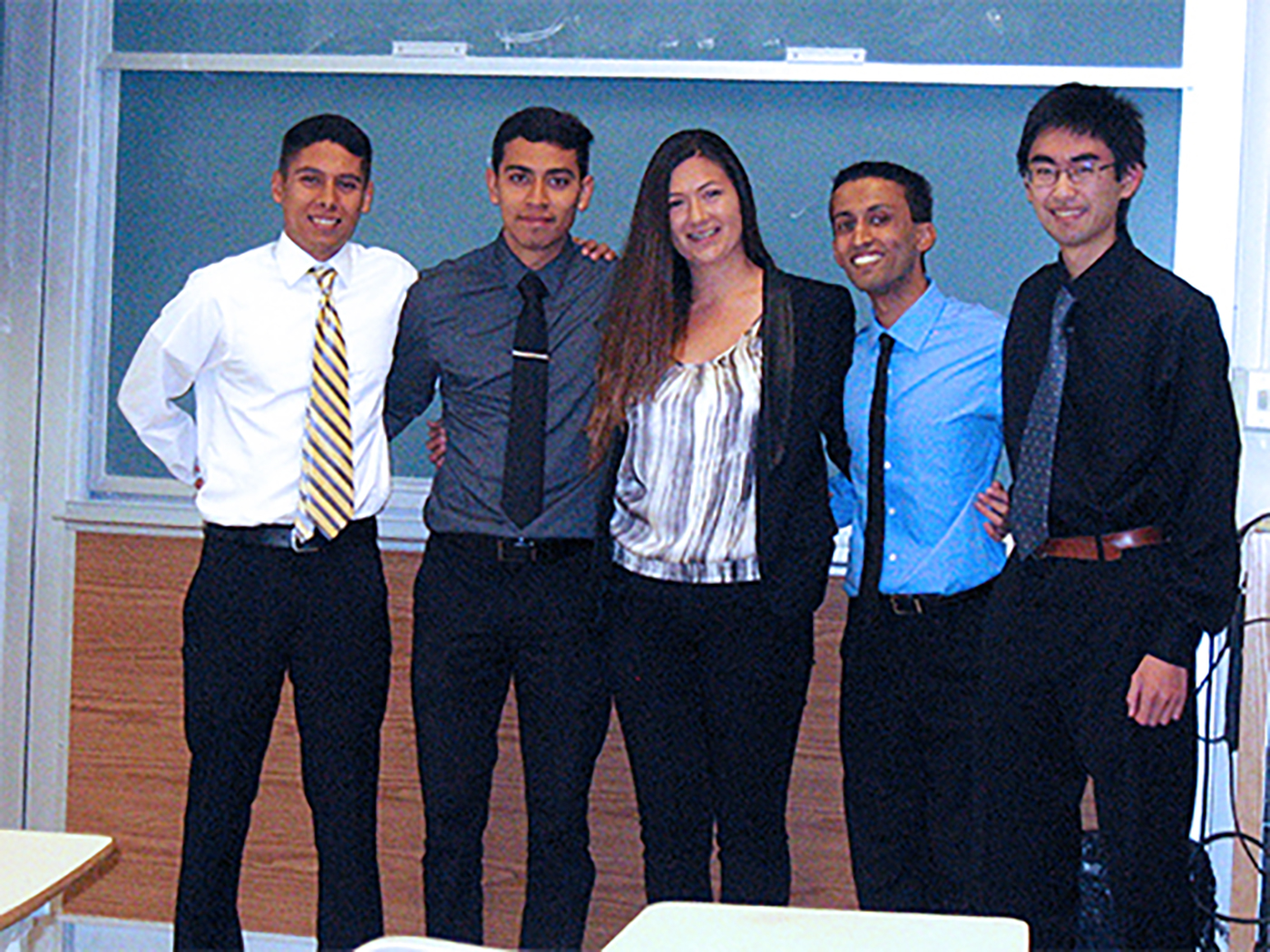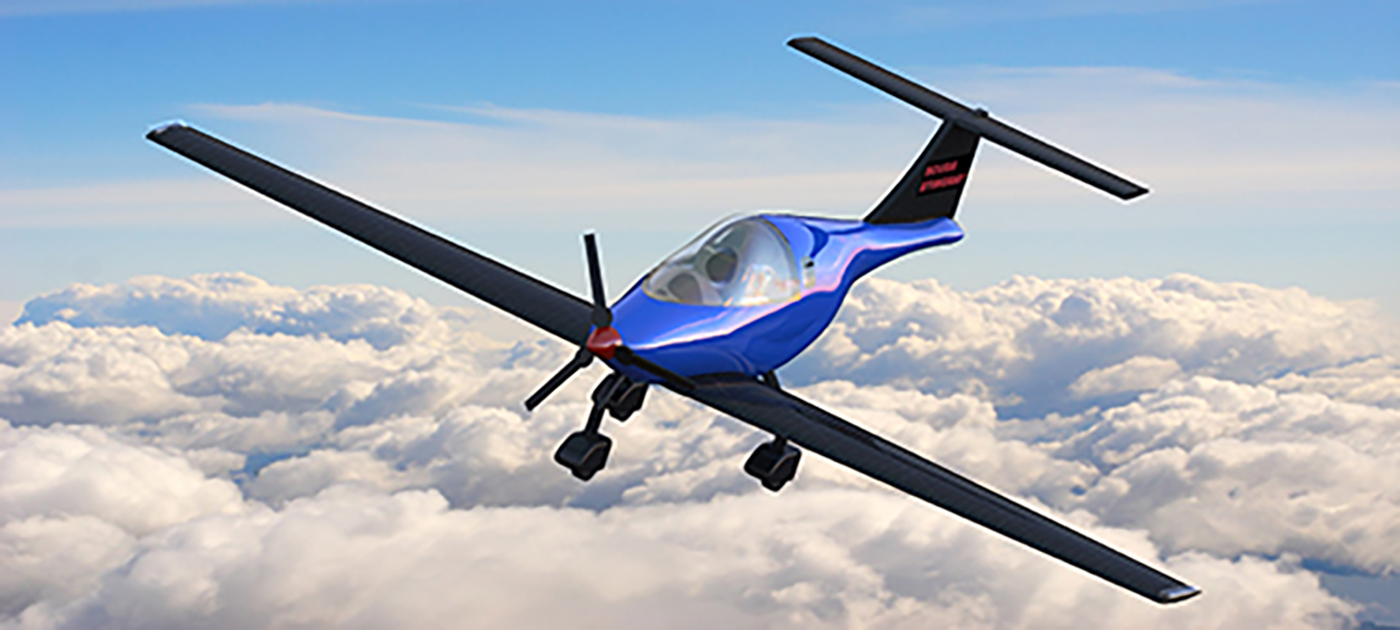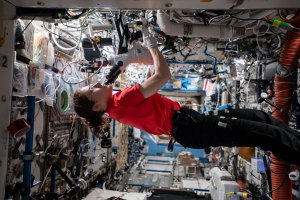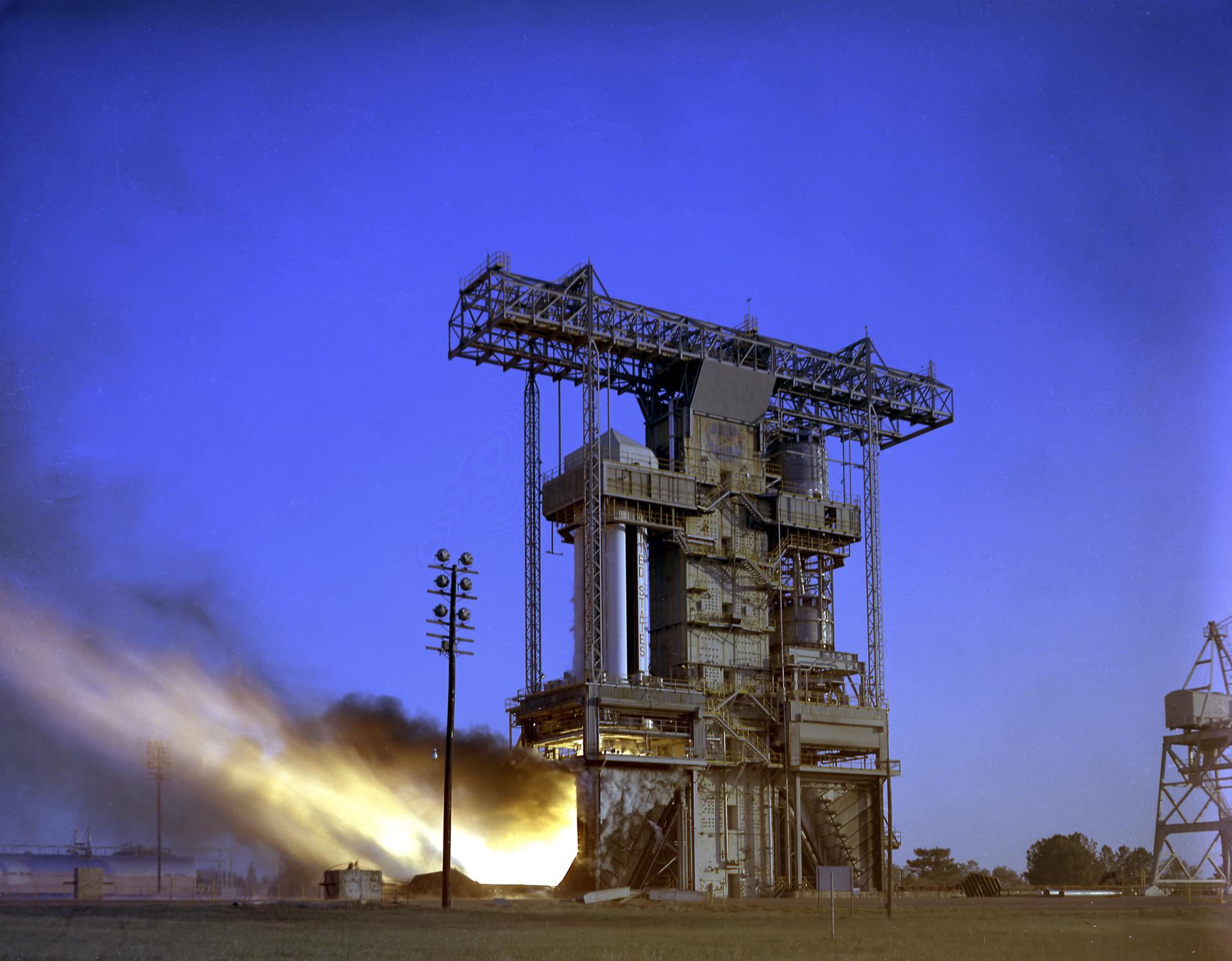1st Place Graduate Winner
Georgia Institute of Technology, Atlanta, GA
1st Place Undergraduate Winners
UC Davis, Davis, CA
2nd Place
UC Davis, Davis, CA
3rd Place
Virginia Tech, Blacksburg, VA
The EG-A BeamTree PH-10 Aircraft – Abstract
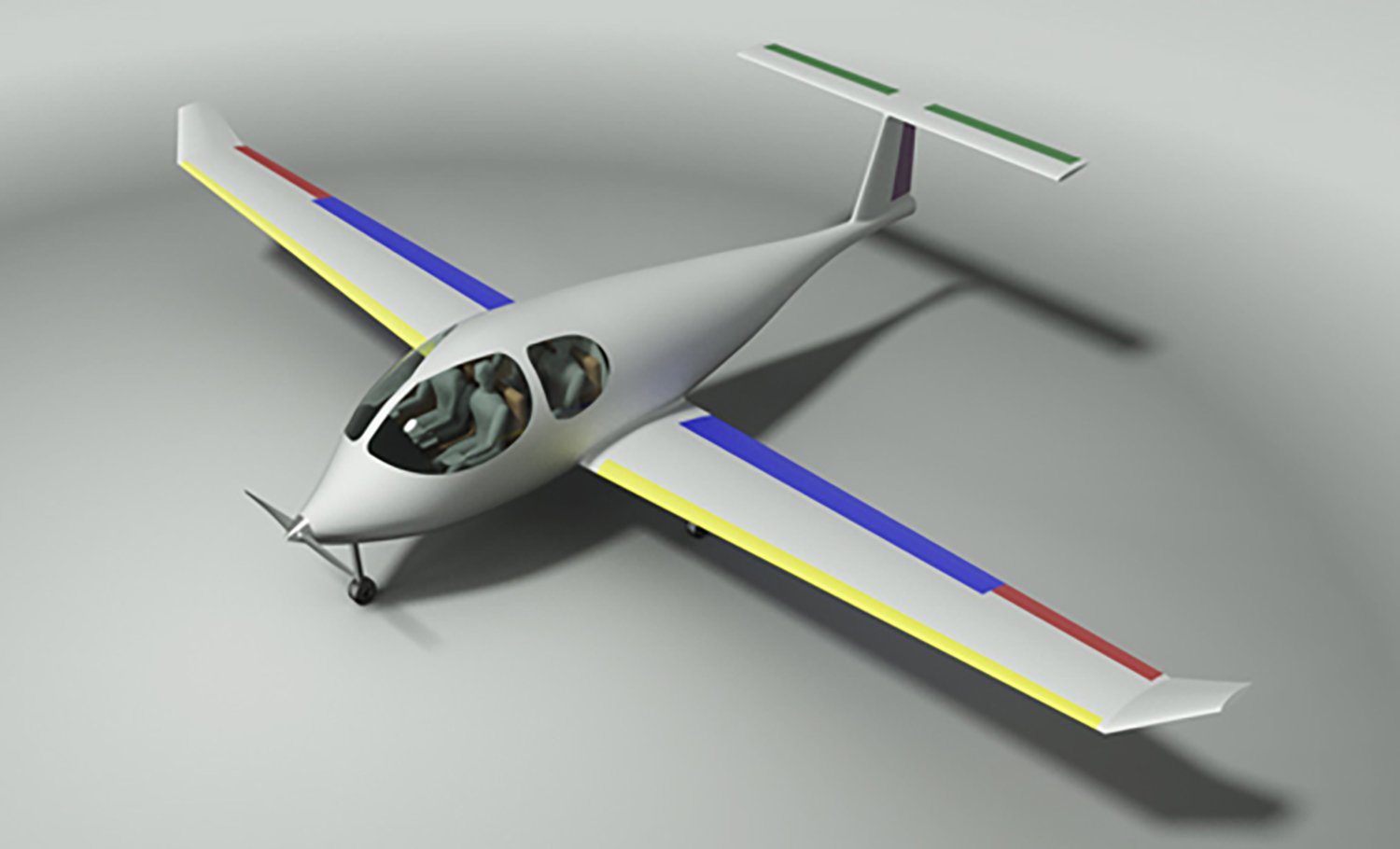
The BeamTree PH-10, featuring a two-bladed tractor propeller, a tadpole fuselage, winglets, and a large wingspan – all to acheive high L/D. The tail includes a large span to counter the large negative moment generated by the NLF airfoil in the wings. The flaps can deflect up to 30 degrees to achieve a stall of 61 knots
Honorable Mention
UC Davis, Davis, CA
NASA Aeronautics Previous Student Competitions



























